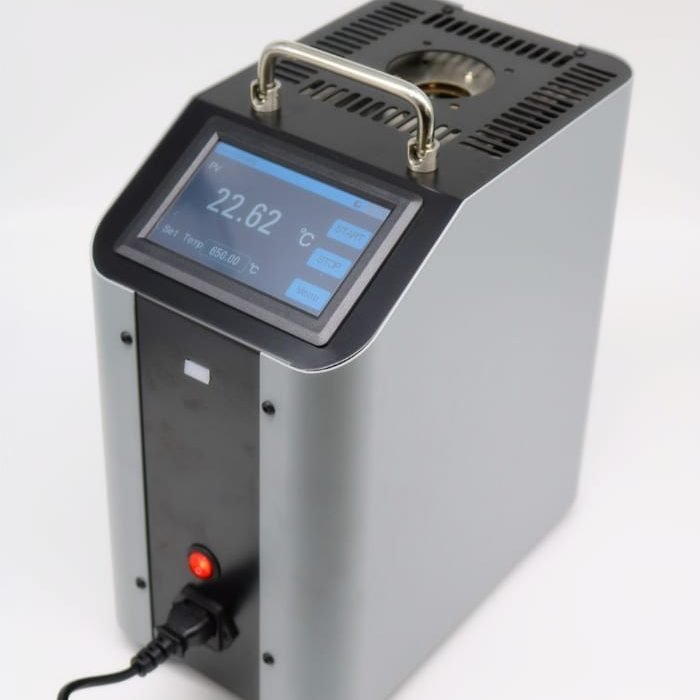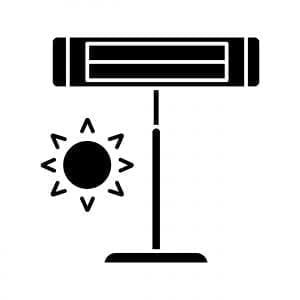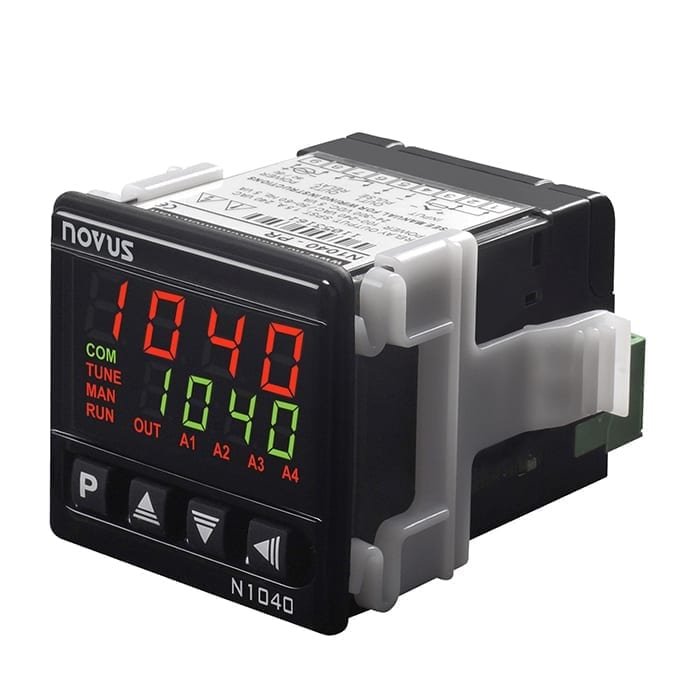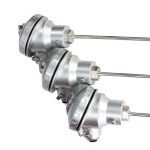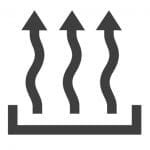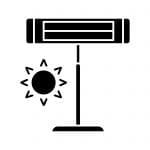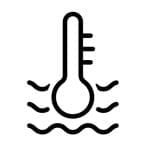Portability
Our units are design to be very portable and are supplied in their own carry cases which protects from damage and enable easy portability.
Sensor Size/Shape
If the sensor shape is not a probe or is irregular then a calibrator bath should be used as the liquid will take on the shape of the sensor and generally more accurate.
Sensor Immersion problems
If a sensor well is too deep for a sensor this will lead to wildly varying temperature readings.
If the sensor is too short for the dry well depth then a liquid calibrator bath should be used.
The second alternative would be use a reference sensor probe of a similar size, this will reduce inaccuracies and heat loss that can occur via a reference probe stem that is too long
What type of temperature calibrator do I need?
Considering a Dry-Block Calibrator or calibrator bath?
If you need a temperature calibrate for calibrating sensors such as PT100(RTD), thermocouples sensors or thermometers etc then we have accurate and reliable dry-block calibrators as well as Wet/Dry well calibrators.
Our units have great accuracy and stability which is the most important features to look for when selecting the right temperature calibrator.
We have units suitable for measuring between -25 to 650°C and the option of a dry-block insert or a liquid bath.
When selecting which unit is needed you should consider the following factors: -
• Temperature Range
• Accuracy and Stability
• Insert hole or sensor shape.
• Portability
• Sensor Immersion problems
Our units have great accuracy and stability which is the most important features to look for when selecting the right temperature calibrator.
We have units suitable for measuring between -25 to 650°C and the option of a dry-block insert or a liquid bath.
When selecting which unit is needed you should consider the following factors: -
• Temperature Range
• Accuracy and Stability
• Insert hole or sensor shape.
• Portability
• Sensor Immersion problems
An important consideration is the calibrators temperature span, what is the maximum and minimum temperatures you want to measure? The closer the span to the measured temperature to more accurate the measurement will be.
Accuracy and Stability
These are the two most important factors when considering which unit to use.
Accuracy determines how close the dry-well is to the programmed set point.
Stability is how much movement from the setpoint over a period of time.
If these factors are not meet this will lead to in the sensors actually reading a wildly different temperature than the displayed one!
A good rule of thumb is to make sure that your dry-well is at least twice as accurate as the sensors you are checking. Also, make sure to get a certificate from the manufacturer certifying that the accuracy is traceable to NIST. It shouldn’t cost extra for the certificate.
Here’s another tip. The dry-well should have at least the set-point resolution of the accuracy it claims or your target accuracy. For example, if you are calibrating an RTD to ±0.5°C at 100°C and your instrument only displays temperature to ±1°C, you obviously can’t claim better than 1°C for your calibration.
Accuracy determines how close the dry-well is to the programmed set point.
Stability is how much movement from the setpoint over a period of time.
If these factors are not meet this will lead to in the sensors actually reading a wildly different temperature than the displayed one!
A good rule of thumb is to make sure that your dry-well is at least twice as accurate as the sensors you are checking. Also, make sure to get a certificate from the manufacturer certifying that the accuracy is traceable to NIST. It shouldn’t cost extra for the certificate.
Here’s another tip. The dry-well should have at least the set-point resolution of the accuracy it claims or your target accuracy. For example, if you are calibrating an RTD to ±0.5°C at 100°C and your instrument only displays temperature to ±1°C, you obviously can’t claim better than 1°C for your calibration.
 0121 238 2795
0121 238 2795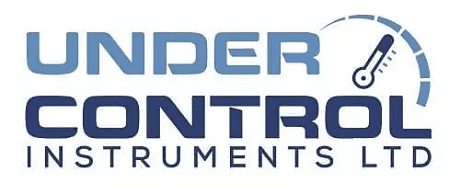
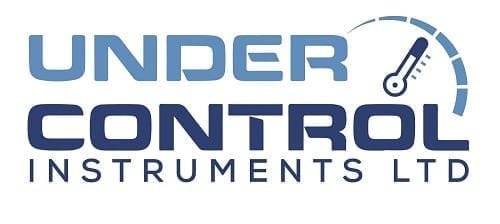

 Free Shipping
Order by 1 pm for same-day dispatch
Free Shipping
Order by 1 pm for same-day dispatch Technical support
Free tech support
Technical support
Free tech support Secure payment
Fast and easy payment options
Secure payment
Fast and easy payment options Price Guarantee
We will beat any like for like quotation
Price Guarantee
We will beat any like for like quotation
